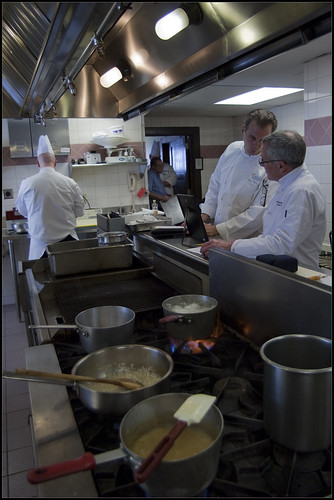In decades passed, when a new eatery opened its doors, its owners would often spend an allotted amount of funds on a pithy welcome ad in a local newspaper. Perhaps a special dish would be offered, or jovial entertainment promised.
Today, the practice of welcoming who will eventually be a restaurant’s best customers, the people living in the area, has not changed in spirit. But the delivery method is vastly different, and restaurateurs around the world are scrambling to understand the new rules. As we know, many print publications — newspapers in particular — are heading toward extinction in this age of constantly evolving technology. They’re slowly pulling print advertising down with it. Cue social media.
Facebook is an excellent way to spread the word about restaurants, cafes, delis and the like. With more than 400 million active users spending over 500 billion minutes (yes, I said 500 billion) per month on the site, becoming part of this social networking world is not only prudent, but increasingly crucial for success. An establishment’s menu, meal specials, background and history, photos and things that make your place unique can be available to thousands, if not millions, of people, while remaining accessible and relevant to the local crowd. Features like “Events” essentially advertise, for free, all types of happenings, from birthday parties to class reunions, community events to holiday parties. Users interact with more than 160 million events, pages and groups; more than 25 billion pieces of content — website links, blog posts, notes, events, etc. — are shared and utilized each month.
And, don’t forget about Twitter. A little more than half of all active Twitter users already follow eateries and other similar businesses, and frequently exchange information about their services. Adding to the mix are ‘place-based’ services such as Foursquare and Yelp, both of which allow users to “check in” to various places typically using their mobile phone, and post tips and reviews of those places. These fast-evolving tools can be daunting, particularly for those who have long benefitted from traditional advertising media. However, it’s important to remember that they are simply new ways to communicate, and in many cases, the information we are sharing is no different than that shared around a water cooler, a boardroom table, or over cocktails and tapas.
-jac and justine
Justine Murphy is a freelance communications specialist with Winstanley Partners. She’s seen Boyz II Men live five times.
Jaclyn Stevenson is the Public Relations director for Winstanley Partners; she can recite all of the helping verbs in under three seconds.



